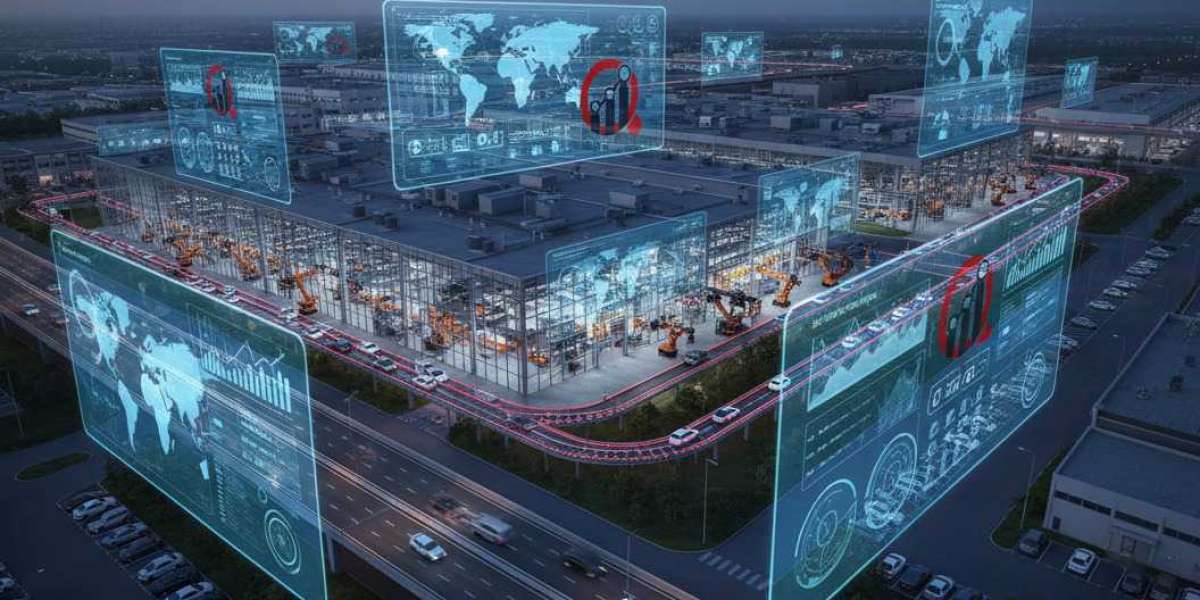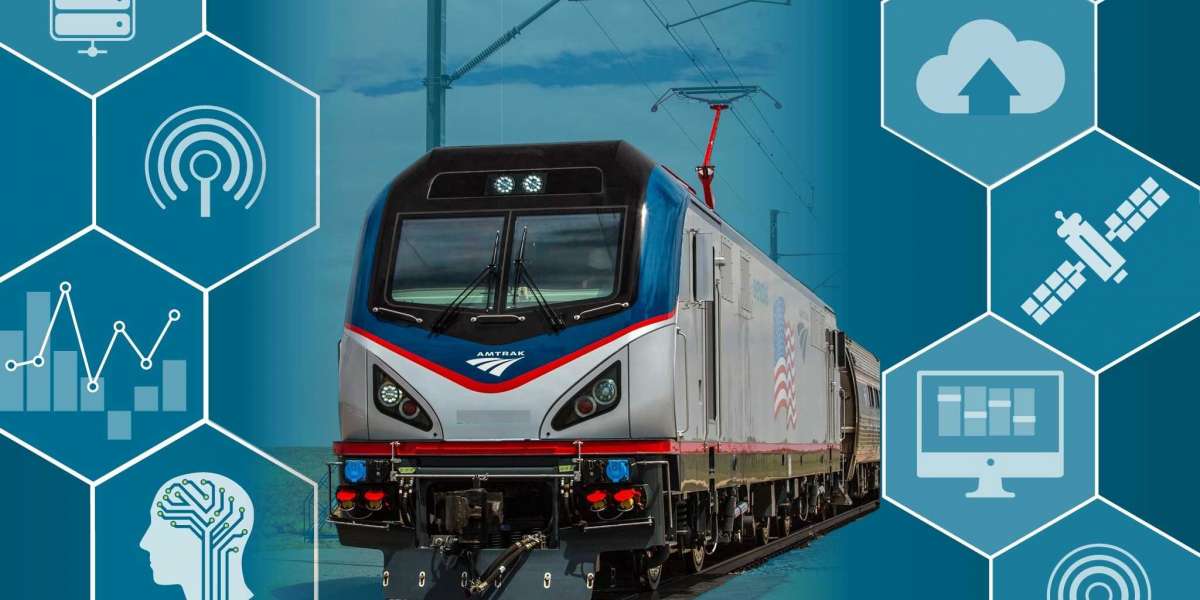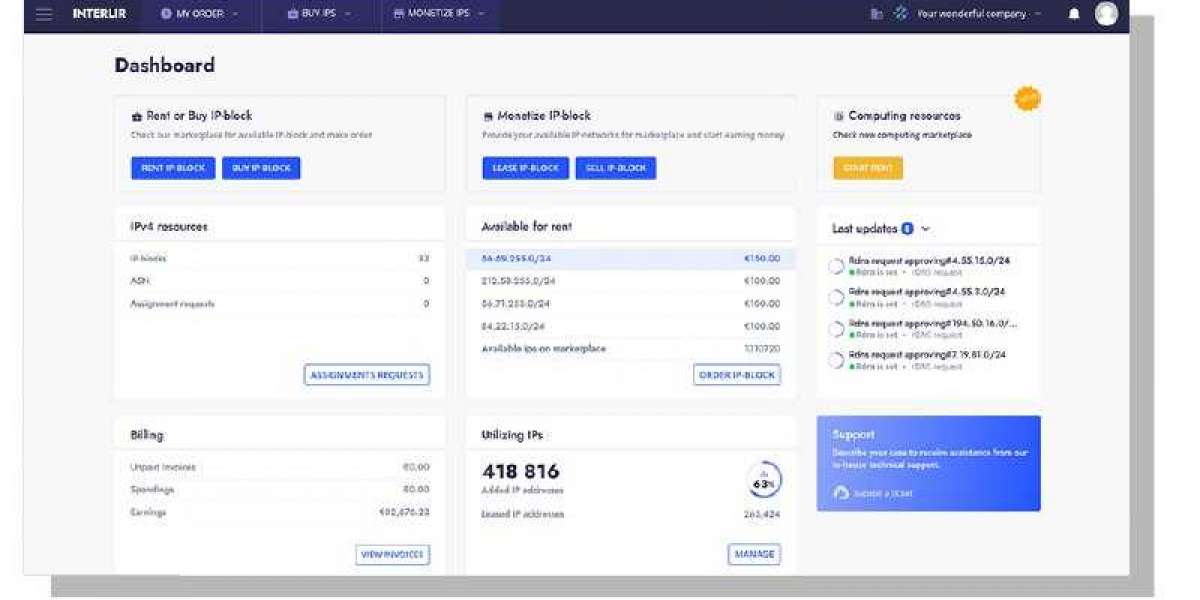The Vertical Farming Market is experiencing unprecedented growth as urbanization and sustainability concerns push the agricultural sector toward innovative solutions. This modern approach to agriculture allows crops to be cultivated in vertically stacked layers, utilizing controlled-environment agriculture to optimize growth. With advancements in vertical farming technology, the market is witnessing a surge in both commercial and residential applications.
Rising Demand for Indoor Cultivation
Urban centers with limited arable land are turning to indoor vertical farming to meet the growing demand for fresh produce. The controlled environment allows for higher crop yields and efficient resource management, reducing water and fertilizer consumption. Home growers are also adopting vertical farming at home, which enables year-round cultivation of vegetables, herbs, and leafy greens in limited spaces. This trend is reshaping the perception of agriculture from a rural activity to a high-tech urban solution.
Expanding Market Segments
The vertical farming market encompasses a variety of vertical farming crops, including leafy vegetables, tomatoes, strawberries, and herbs. Technological innovations such as hydroponics, aeroponics, and advanced LED lighting are driving the adoption of this method globally. Additionally, key industries such as the Retail Lending Market are seeing opportunities to finance infrastructure development for large-scale vertical farms. Similarly, tech-driven markets like the US Wi Fi Adapter Card Market are benefiting indirectly as connectivity solutions support smart farm operations.
Future Outlook and Opportunities
With the global population steadily increasing, vertical farming is becoming a crucial solution to address food security while minimizing environmental impact. The integration of IoT, AI, and robotics in vertical farming technology promises enhanced efficiency, precision farming, and scalable solutions. Indoor vertical farming is not just a commercial trend but a lifestyle choice for environmentally conscious consumers looking to grow fresh produce at home.






